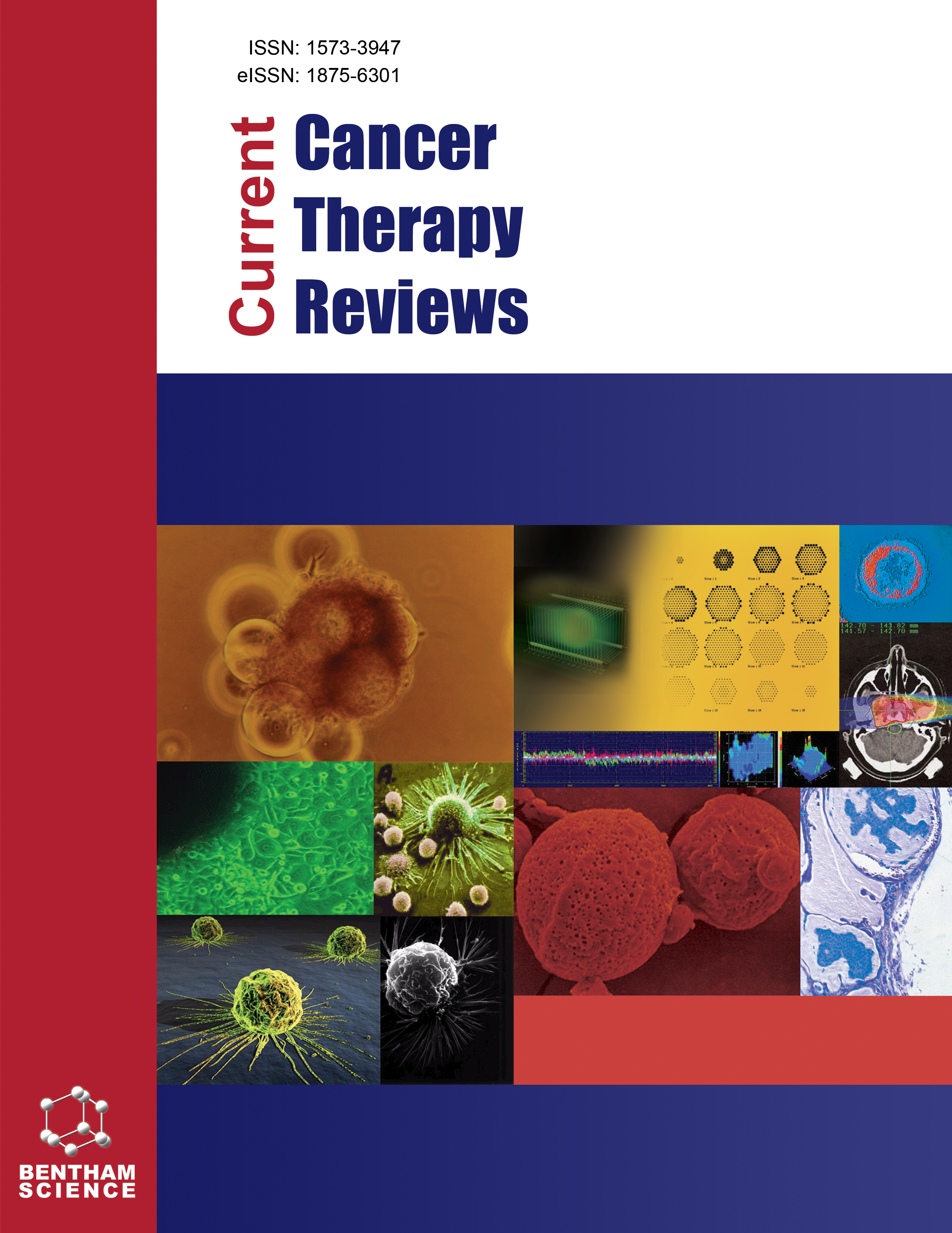
Full text loading...
Breast cancer remains a significant global health challenge, necessitating innovative approaches to improve treatment efficacy while minimizing side effects. This review explores the promising advancements in breast cancer drug delivery driven by the transformative potential of bioinformatics and Artificial Intelligence (AI). Bioinformatics plays a pivotal role in unraveling the intricate genomic landscape of breast cancer, enabling the identification of potential drug targets and biomarkers. The integration of multi-omics data facilitates a comprehensive understanding of the disease, guiding personalized treatment strategies. Moreover, bioinformatics-driven approaches aid in biomarker discovery and prediction, offering novel tools for prognosis and treatment response assessment. AI, particularly machine learning and deep learning, has revolutionized breast cancer research. Machine learning models empower accurate diagnosis through image analysis, improve survival prediction, and enhance risk assessment. Deep learning algorithms, such as convolutional neural networks, enable precise tumor detection and classification from medical imaging data, notably mammograms and MRI scans. Additionally, natural language processing techniques facilitate the mining of vast scientific literature, uncovering hidden insights and identifying potential drug targets. Network-based approaches integrated with AI algorithms facilitate the identification of central proteins as promising drug targets within complex biological networks. This review also examines AI-optimized nanoformulations designed to enhance targeted drug delivery. AI-guided design of drug-loaded nanoparticles improves drug encapsulation efficiency, release kinetics, and site-specific delivery, offering promising solutions to overcome the challenges of conventional drug delivery.

Article metrics loading...

Full text loading...
References


Data & Media loading...

